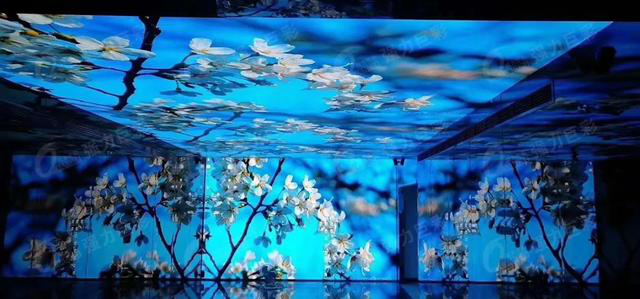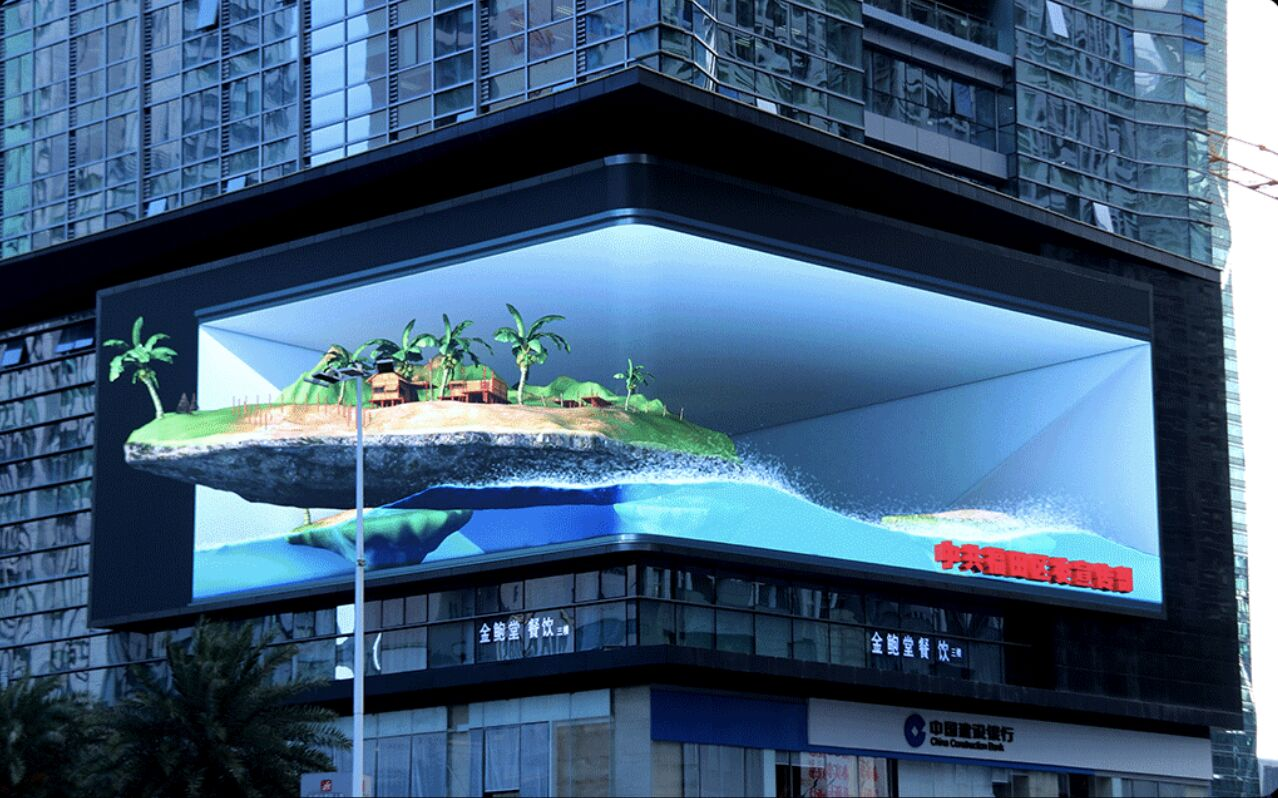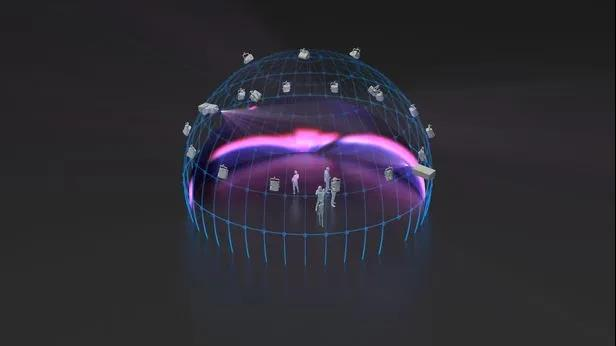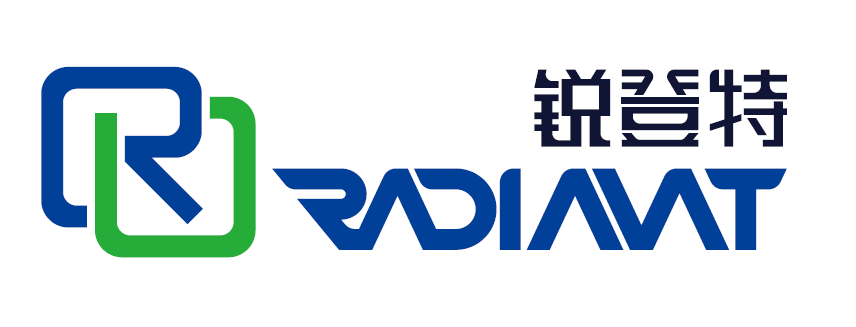The next-generation display technology Micro LED has become the biggest focus of this year's Touch Taiwan Smart Display Exhibition. With the opening of the first year of Micro LED last year, major manufacturers showed many simulation scenarios and forward-looking applications this year, and 2022 will undoubtedly be a key year after the start. With the continuous breakthrough of technology, Micro LED manufacturers have gradually crossed the two mountains of "cost" and "yield", and are facing the "new horizon" in the eyes of Micro LED.
The Micro LED process is mainly divided into chip growth, chip manufacturing, thin film process, mass transfer, inspection and repair. Due to the removal of the LED package and substrate, leaving the epitaxial film, the Micro LED chip is lighter, thinner and shorter, providing a variety of display pixel sizes. At the same time, Micro LED also inherits the advantages of LED, with high resolution, high brightness, long life, wider color gamut, self-luminous characteristics, lower power consumption, and better environmental stability, suitable for future smart display applications, Such as automotive, AR glasses, wearable devices, etc.
Compared with the traditional LED manufacturing process, the steps of Lei chip growth, Micro LED chip manufacturing, and thin film manufacturing process can be used for Micro LED manufacturing only by modifying the equipment, but it is more difficult to transfer, detect and repair large quantities. Among them, mass transfer, inspection and repair, and the luminous efficiency of red Micro LED are the bottlenecks in the current technology, and they are also the key to affecting the cost and yield. Once these problems are broken down and the cost is reduced, there is an opportunity to mass production. step forward.

One of the obstacles to "New Horizons": Mass Transfer
Since the thickness of the epitaxial substrate is larger than the size of the chip, the Micro LED must be mass-transferred, the chip is peeled off, placed on the temporary storage substrate, and then the Micro LED is transferred to the final circuit board or TFT version. The main mass transfer technologies at this stage include fluid assembly, laser transfer, pick and place technology (Stamp Pick&Place), etc.
Pick-and-place technology uses MEMS array technology for chip pick-and-place technology, but traditional LED pick-and-place technology has a high cost due to its slow pick-and-place rate; as for laser transfer, Micro LEDs are quickly and massively transferred from the original substrate by a laser beam Micro LED to target substrate. Yang Fubao, an analyst at TrendForce, pointed out that traditional pickup technology has been difficult to mass-produce due to its slow speed and high cost in the past. Therefore, this year, the technology has gradually shifted from traditional pickup to high-precision and fast laser technology. transfer to help reduce costs. As for the fluid assembly technology, the interface of the molten solder capillary is used, and the fluid suspension liquid can be used as a medium during assembly to mechanically and electrically connect the electrodes, and quickly capture and align the Micro LEDs to the solder joints. High-speed assembly is possible. Recently, Huawei has been actively deploying Micro LED technology. From the perspective of patent information, it is most likely to use fluid assembly technology.
"New Horizons" Obstacle No. 2: Detection and Repair
Although mass transfer has always been the key to mass production, the importance of subsequent inspection and repair of Micro LED chips is no less important than mass transfer. At present, the two most commonly used methods in the industry are photoluminescence (PL) and electroluminescence (EL). The characteristic of PL is that it can be tested without contacting or damaging the LED chip, but the test effect is not as good as that of EL; on the contrary, EL can find more defects by testing the LED chip by electrifying it, but it may cause chip damage due to contact.

Furthermore, the Micro LED chip is too small to be suitable for traditional testing equipment. Regardless of whether EL or PL testing is used, there may be a situation of poor detection efficiency, which is a part that needs to be overcome. As for the repair part, Micro LED manufacturers use ultraviolet irradiation repair technology, laser melting repair technology, selective pick-up repair technology, selective laser repair technology and backup circuit design solutions.
The third obstacle to "New Horizons": Red Micro LED Chips
Finally, there is the color of the display itself. For Micro LEDs, compared to blue and green, red is the most difficult color to display, and the cost is relatively high. Nitride semiconductors are currently used in the industry to produce blue and green Micro LEDs. It's better to LED screen factory. Red Micro LEDs must be mixed with multiple material systems or produced with phosphide semiconductors.
However, the color uniformity problem may occur during the epitaxial process. The combination of different semiconductor materials will increase the production difficulty and manufacturing cost of full-color Micro LEDs. The process of cutting chips may also lead to poor luminous efficiency, not to mention the shrinking size. , the efficiency of phosphide Micro LED chips will be significantly reduced. In addition, mixed equipment is required in the semiconductor process, so it is complex, time-consuming, expensive, and the yield is difficult to improve.
Therefore, some manufacturers have improved from the material itself. For example, Porotech, a Micro LED company, released the world's first indium gallium nitride (InGaN)-based red-light Micro LED display, which means that all three types of displays use InGaN as the display material, which is not limited on any substrate. In addition, JBD, a major Micro LED manufacturer, has been committed to AlGaInP-based red Micro LED technology in the past, and recently announced that it has reached 500,000 nits of ultra-high brightness red Micro LED mass production.

Although we have ushered in the first year of Micro LED, many problems still need time to be solved slowly. At present, we have seen the beginning of application. It is believed that after the bottlenecks such as mass transfer, inspection and maintenance, and luminous efficiency are overcome one by one, Micro LED is expected to be realized. Commercialization, in the future, the applications brought by Micro LED can be seen in automotive screens, large display screens, AR/VR equipment, high-resolution wearable products, etc.
Post time: Aug-02-2023
